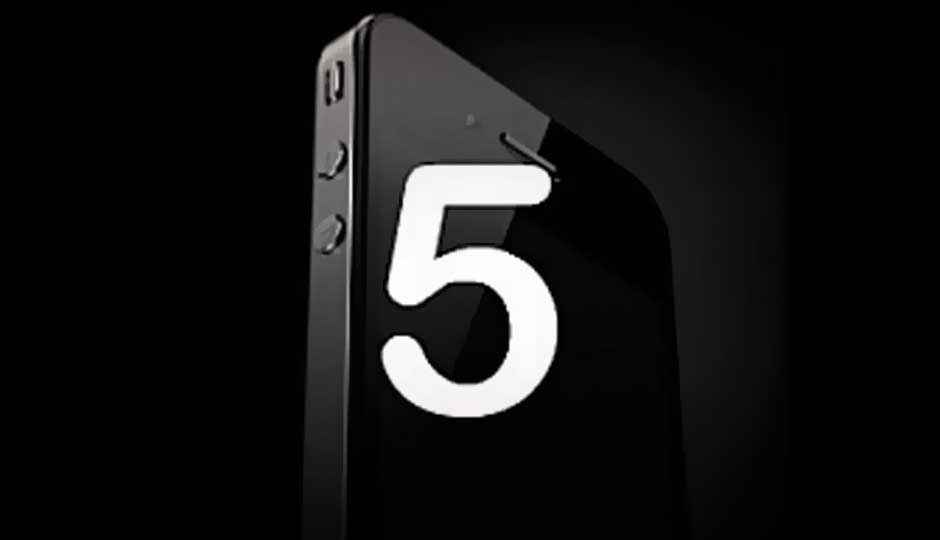Why the iPhone 5 won’t be different

PCMag just reviewed the non-Retina version of the 15-inch Apple MacBook Pro, and when it came to evaluating its design, we were stumped. It is a little thinner and a little lighter, but it is basically the same laptop design that Apple has been using for years.
Did we knock Apple for not innovating? Not at all, although we did note the laptop’s remarkable, shall we say, design consistency? The truth is the MacBook Pro has evolved into a kind of functional ideal where big design changes would either hurt usability or serve only as ornamentation. If it ain’t broke, don’t fix it. That is why I think the iPhone 5 is going to disappoint anyone who is hoping for a radical reinvention of the smartphone.
I’m not alone in this assertion. Much as I am loath to rely on leaked images of the iPhone 5, I can’t pretend that I haven’t clicked through every sordid, photoshopped gallery on the Web. (And yes, we published a few on PCMag.com.) There is a lot of crap out there, but some of the photos are so good that they aren’t a stretch to believe. My favorite breakdown of the new iPhone 5’s design is Don Lehman’s on TheTechBlock. All the leaked details are there: unibody construction, new dock connector, and an ever-so-slightly elongated screen to support a new 16-by-9 aspect ratio.
And yet, it looks a lot like the iPhone 4S. Indeed, it looks a lot like the iPhone 4 and even the iPhone 3. Although I loved the steampunk-inspired iPhone 4 redesign, when it comes to the overall design and usability of the iPhone, the experience has been incredibly, shall we say, consistent? This is no accident. As Lehman notes:
All three of these phones build on Apple’s original vision of the iPhone. The hardware, software, specs, branding, marketing, and overall user experience gets a little better with each release. This refinement strategy helps generate actual profits. You get better at making the same thing year after year. You reduce parts. You streamline production. You make the messaging clearer. Consumers understand the narrative thread you have created and can follow along when you push new innovations.
If you want to know what makes Apple products “different,” those eight sentences are a pretty good place to start. Perhaps the most important lesson here is that Apple doesn’t embrace difference for difference’s sake. Indeed, one of the keys to Apple’s transformation under Steve Jobs was the winnowing of its product offerings to just four key product segments: pro laptop, pro desktop, consumer desktop, and consumer laptop. The company’s offerings are a tad more complex now—don’t forget Ping!—but the core focus is the same.
The MacBook, the MacBook Air, iMac, and Mac Pro haven’t changed in years. Is there any reason to think the iPhone 5 will be different?
Copyright © 2010 Ziff Davis Publishing Holdings Inc

